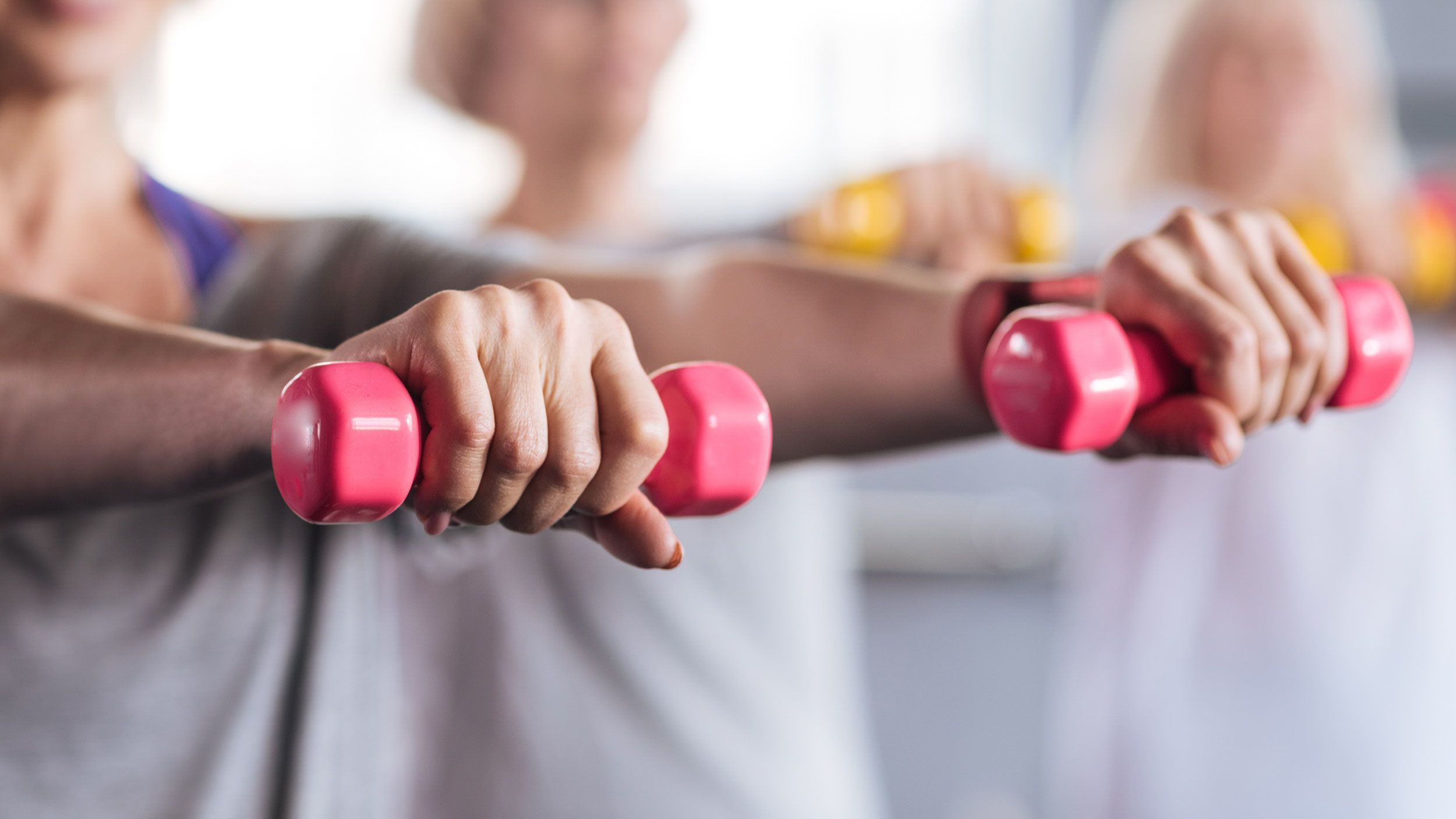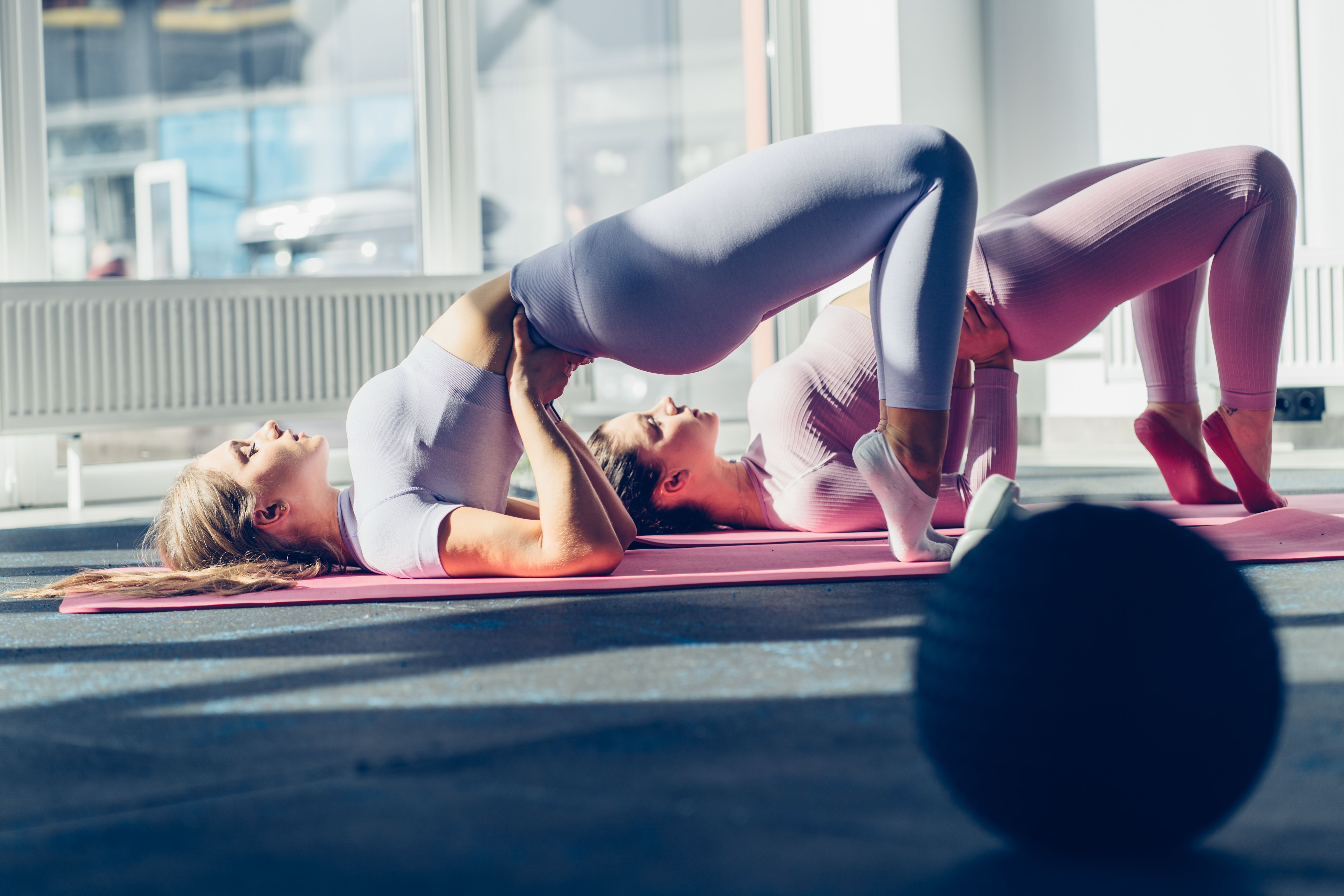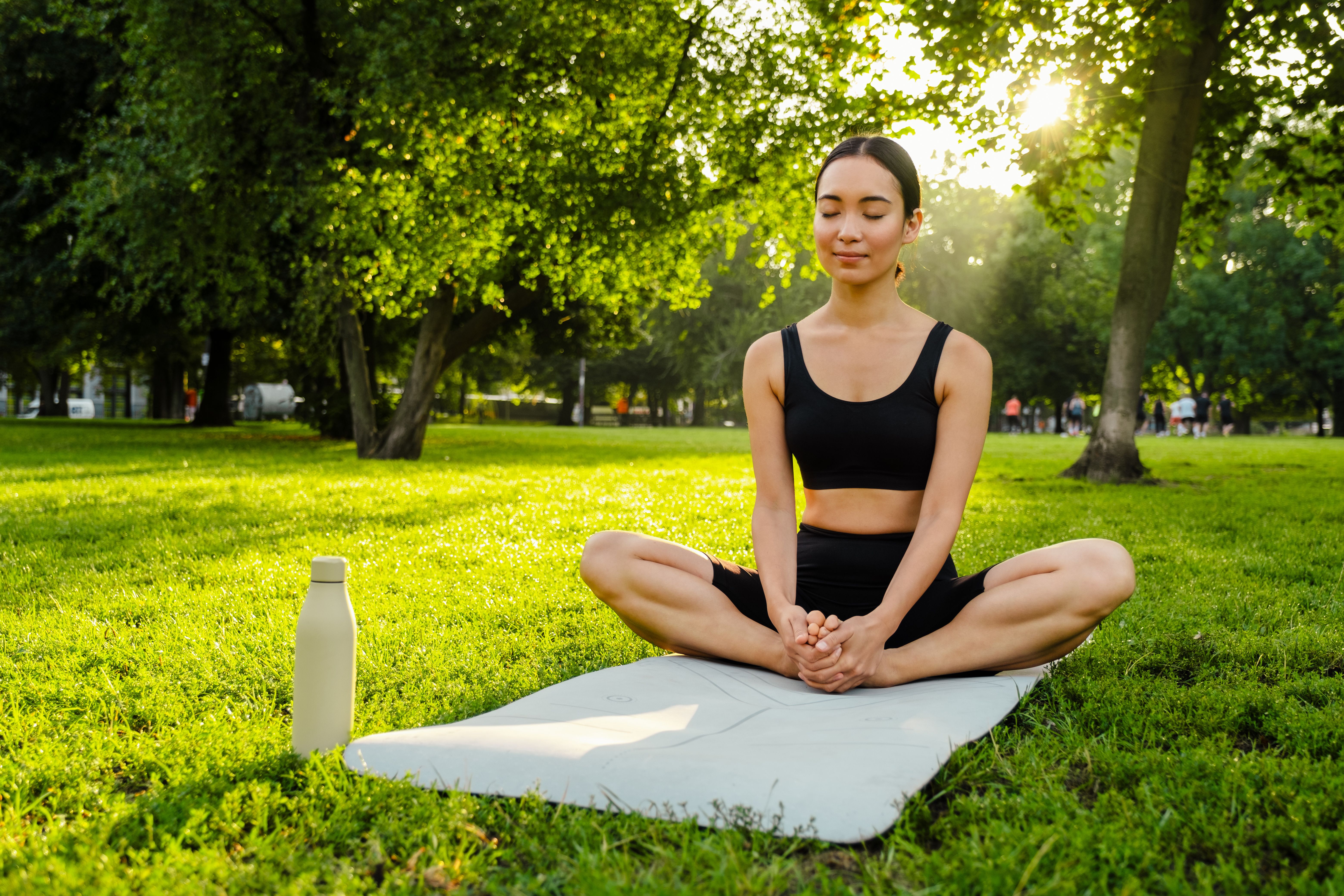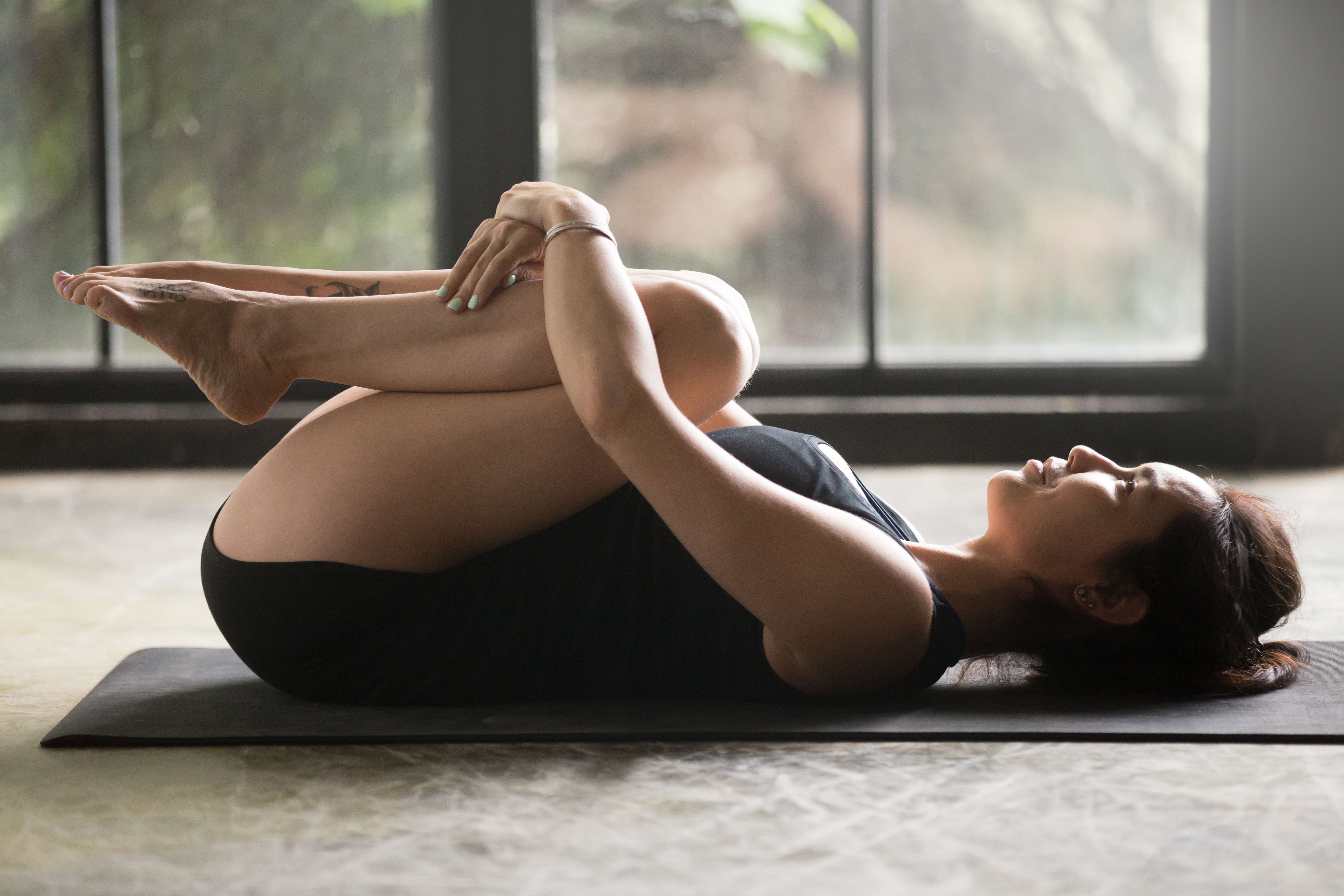Hemorrhoids
Treatment for Hemorrhoids
Prevention of Hemorrhoids
4/17/2024
Hemorrhoid Relief: Exercise Your Way to Comfort and Prevention
What are some of the best exercises for the treatment and prevention of hemorrhoids?
- Aerobic exercises
- Pelvic floor exercises
- Yoga poses
An active lifestyle can go a long way in the prevention of hemorrhoids. Exercise can help prevent constipation and reduce pressure on your veins, which can result from long periods of sitting and standing. In addition, exercise can also help you lose excess weight, which is a contributing cause of hemorrhoids.1 Fortunately, there are exercises for the treatment and prevention of hemorrhoids that you can try.
You might be wondering if there are some exercises that you should avoid when you have hemorrhoids. Make sure to avoid strenuous or high-impact exercises and exercises that put excess pressure on your abdominal and anal area, including your hemorrhoids. These include weightlifting, cycling, horseback riding, sit-ups, squats, and others.2
When you plan to exercise with hemorrhoids, it can be helpful to wear loose and breathable clothing, especially in the affected area. This way, you’re not creating friction that could irritate it.3 If you’re ready, here are some of the exercises that you can try:

Aerobic Exercises
Aerobic exercises such as walking and swimming can get your blood flowing better, including in the rectal area. Aerobic exercises can also help strengthen your muscles, including ones in the lower body. Aim to walk for about 20-30 minutes a day to reduce your risk of hemorrhoids. If walking and swimming are not for you, you can also try ballroom dancing, which can also work for the same muscle groups in a more fun way.4
Cardiovascular activities can also be helpful when you’re already suffering from hemorrhoids since they help fight inflammation in your body. These activities can trigger your “feel good” neurotransmitters, which can help your body reduce pain and stress. Keep the blood pumping by walking, swimming, and dancing.5

Pelvic Floor Exercises
Kegel exercises, which are also called pelvic floor exercises, can help strengthen your pelvic floor muscles.6 Most kegel exercises are done by contracting your pelvic muscles as you emulate the posture you make during urination. Regular exercise can help correct problems such as urinary incontinence and also hemorrhoids.4 Aside from that, these also help prevent the accidental passing of stool.6
Your pelvic floor muscles refer to the muscle group that runs between your pubic bone in the front to your tailbone at the back. You can perform kegel exercises through lifting, holding, then relaxing your pelvic floor muscles.6
How to Contract Your Pelvic Floor
When done correctly, strengthening your pelvic floor muscles can make the stool easier to pass, relax your anal sphincter, and also prevent straining!
To start, lie on your back. Then try to contract your anal muscles, similar to when you’re trying to stop yourself from passing gas. Hold this for 5 seconds, then relax for 10 seconds. Repeat the exercise 5 times.2
After that, try to repeat the exercise, but with half of your strength. Do your best to squeeze and relax the muscles as quickly as possible. Continue this for as long as you can. Try to do this exercise 2 to 4 times a day to see results.2

Yoga Poses
Non-vigorous exercises that tone and strengthens your muscles — such as yoga, can be helpful for hemorrhoids. Aside from the physical benefits, it also offers mental relaxation, which can be helpful since hemorrhoids can take a toll on your mental health.5
Aside from that, yoga is considered a controlled-movement exercise that gives you more control over how you move and where you place pressure.7 This type of exercise can help promote overall relaxation, which can help in easing muscle tension in your pelvic and anal area, and help you reduce constipation as well.4
There are certain yoga poses that can try at home if you want to treat and prevent hemorrhoids:
Balasana or Child’s Pose
Child’s pose is known as a resting posture in yoga. It nicely stretches various parts of your body — including your back, hips, thighs, and ankles.8 Other than that, this pose is also helpful in improving circulation around your anus and also eases constipation.
To do this pose, come to your hands and knees on the yoga mat. Sit back and place your hips on your heels. After that, extend your arms in front of you while looking down. You can also relax your arms on the sides of your body. Maintain this position for 5 minutes.2

Pawanmuktasana or Wind-Relieving Pose
The wind-relieving pose can help improve your digestive comfort and relax muscles in your abdomen, buttocks, and anus.2
To do this pose, start by lying on your back. Bend both knees and bring them toward your chest. Place your hands around your shins. Try to hold this position for a minute then release.2

Key Takeaway
Try out these exercises for the treatment and prevention of hemorrhoids. Remember to pay close attention to your body and avoid straining the muscles in your back and abdomen. See how your body feels and avoid exercises and activities that can cause you pain.5 The goal of your exercises should be to promote regular bowel movements, strengthen your pelvic muscles, and improve blood flow to the affected area.3
If you’re suffering from hemorrhoids, you may also want to try one of the proven effective medicine for hemorrhoids — the MPFF: Diosmin + Hesperidin (Daflon® 1000). This fast-acting medication directly addresses your hemorrhoids, bringing you relief from pain, itching, and bleeding!
REFERENCES
-
https://www.mayoclinic.org/diseases-conditions/hemorrhoids/symptoms-causes/syc-20360268
-
https://www.healthline.com/health/exercises-for-hemorrhoids#exercises-to-try
-
https://orangecountyhemorrhoidclinic.com/best-and-worst-exercises-for-hemorrhoids/
-
https://orangecountyhemorrhoidclinic.com/manage-hemorrhoids-exercises/
-
https://lacolon.com/blog/the-dos-and-donts-of-exercising-when-you-have-hemorrhoids
-
https://my.clevelandclinic.org/health/articles/14611-kegel-exercises
-
https://losangeleshemorrhoidclinic.com/how-to-exercise-when-you-have-hemorrhoids/
-
https://www.verywellfit.com/childs-pose-balasana-3567066
2026